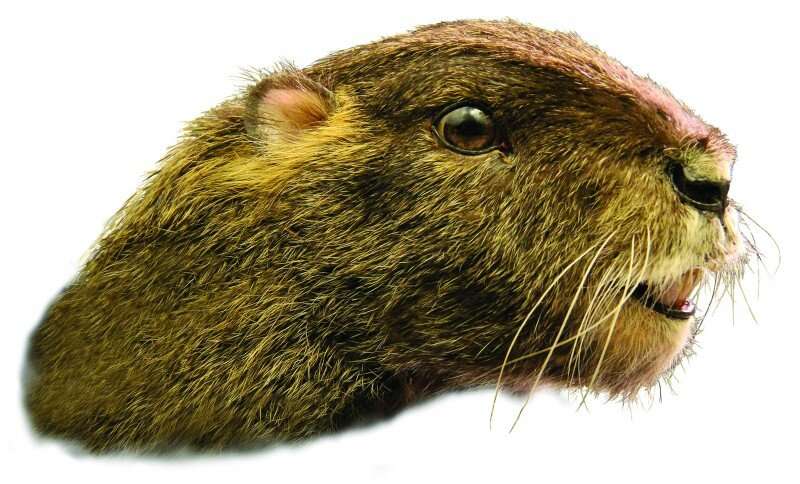Fossil tells the ‘tail’ of an ancient beast

Approximately 200 million years ago, Antarctica was attached to South America, Africa, India, and Australia in a single “supercontinent” called Gondwana. Paleontologists have long wondered about the unique mammals that lived only on this ancient supercontinent, including a particularly elusive group called Gondwanatheria, for which few fossils have been identified.
Now, New York Institute of Technology Associate Professor of Anatomy Simone Hoffmann, Ph.D., is part of a team that is helping to “unearth” significant clues about these mysterious animals. In a May 15 study published in the journal Cretaceous Research, Hoffmann and Senior Curator at the Denver Museum of Nature and Science David Krause, Ph.D., describe the first postcranial remains (skeletal remains apart from the skull) of a gondwanatherian called Vintana. Their findings provide new insights into early mammalian evolution.
Vintana lived about 66 million years ago in what is now Madagascar, roaming the earth at the same time as the dinosaurs. Its name means “lucky” in the Madagascar language of Malagasy, referring to the fossil’s fortunate discovery. Bearing a resemblance to today’s groundhogs, Vintana weighed around 19 pounds and is the largest known mammal from the southern hemisphere’s Mesozoic era (252 to 66 million years ago) to date.
Previously, Vintana was only represented by a fossilized skull, which Hoffmann, Krause, and colleagues detailed in a 2014 study. Several years later, in 2020, the researchers uncovered the nearly complete skeleton of a strange, possum-sized gondwanatherian, dubbed the “crazy beast” (Adalatherium). Until now, Adalatherium’s fossilized skeleton represented the only postcranial remains in the gondwanatherian fossil record.
Now, Hoffmann and Krause’s new study presents additional gondwanatherian postcranial evidence and reveals that a vertebra fossil from the Cretaceous of Madagascar was once a Vintana tailbone.
Using a micro-Computed Tomography (μCT) scanner, the researchers scanned the vertebra and compared the virtual surface files to the tail vertebrae from Adalatherium. They found that the vertebra was very similar to that of Adalatherium, the second largest Mesozoic mammal from Madagascar, but much larger—nearly 40 percent larger, to be exact. This size put it solidly within the range to classify it as Vintana.
“While the remains represent only an isolated vertebra from Vintana’s larger skeleton, its discovery provides key information about the gondwanatherian lineage,” says Hoffmann. “Gondwanatherians had uniquely short tail vertebrae and this new discovery tells us that the tail of Vintana was even wider and shorter than the already stubby tail of Adalatherium.”
More information:
David W. Krause et al, First postcranial remains of the Late Cretaceous gondwanatherian mammal Vintana sertichi, Cretaceous Research (2023). DOI: 10.1016/j.cretres.2023.105577
Citation:
Fossil tells the ‘tail’ of an ancient beast (2023, May 24)
retrieved 24 May 2023
from https://phys.org/news/2023-05-fossil-tail-ancient-beast.html
This document is subject to copyright. Apart from any fair dealing for the purpose of private study or research, no
part may be reproduced without the written permission. The content is provided for information purposes only.
For all the latest Science News Click Here
For the latest news and updates, follow us on Google News.

